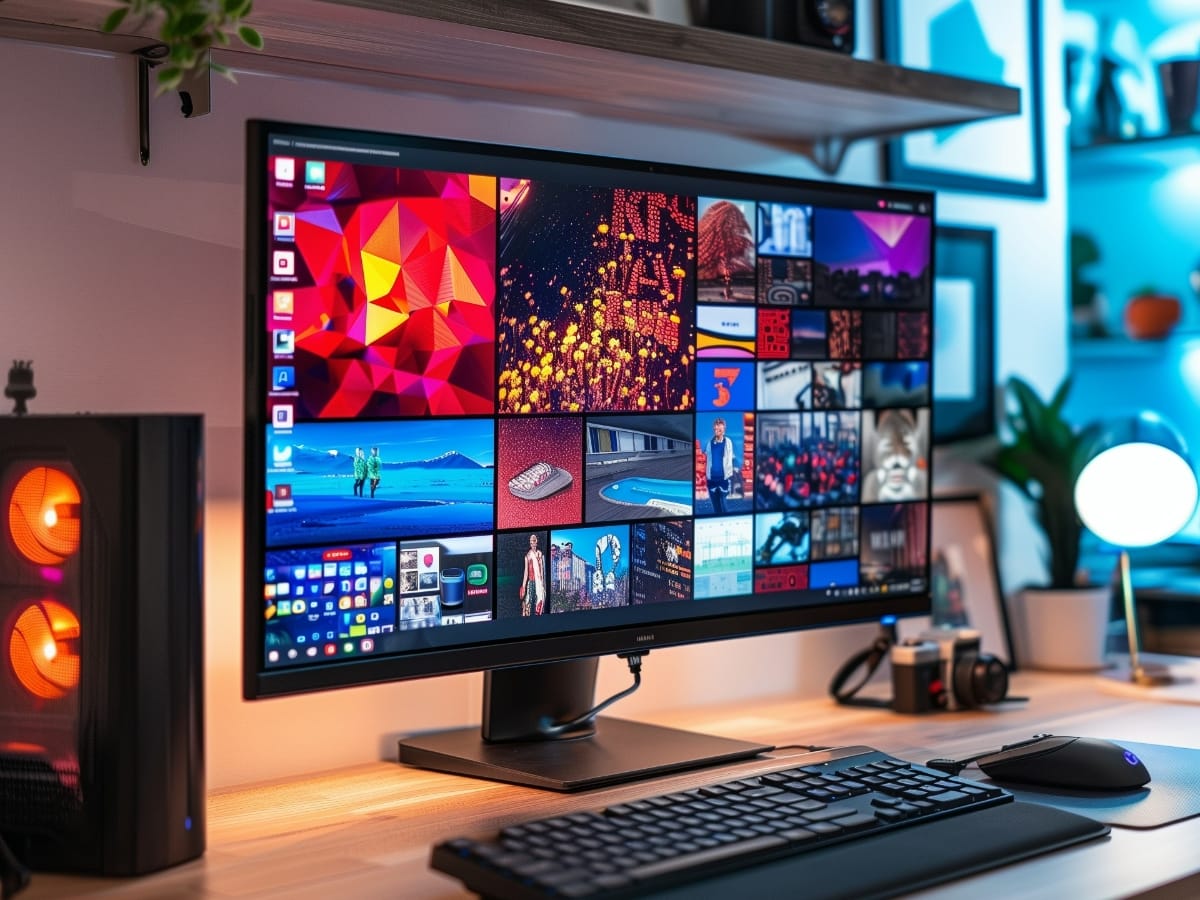Linux is more than just an operating system – it’s a philosophy of openness, collaboration, and adaptability. Rooted in the principles of free software, Linux has evolved from a student’s project into a cornerstone of modern technology, powering everything from supercomputers to smartphones.
Upgrade Ubuntu desktop
What sets Linux apart is its versatility. Its modular architecture allows users to tailor the system to their needs, whether for a minimalist setup on a Raspberry Pi or a fully-fledged enterprise server. Distributions like Ubuntu, Fedora, and Arch cater to diverse audiences, each offering unique strengths and features.
$('.top').click(function () {
$('html, body').stop().animate({ scrollTop: 0 }, 'slow', 'swing');
});
$(window).scroll(function () {
if ($(this).scrollTop() > $(window).height()) {
$('.top').addClass("top-active");
} else {
$('.top').removeClass("top-active");
};
});
The open-source nature of Linux fosters a thriving community. Developers worldwide contribute to its continuous improvement, ensuring it remains cutting-edge and secure. This collaborative model also encourages learning, with abundant resources available for users of all skill levels.
 Photo by Cayetano Gros on Lummi
Photo by Cayetano Gros on Lummi
Linux is a favorite among tech enthusiasts and professionals alike. Its robust command-line tools provide unparalleled control, while its stability and security make it ideal for critical applications. It’s no surprise that Linux dominates the server market and underpins the cloud infrastructure we rely on daily. Virtualenv allows you to create isolated Python environments for different projects, preventing conflicts between dependencies.
The true test of AI isn’t how advanced it becomes, but how well we manage its impact on humanity.
For beginners, Linux can seem daunting. However, its flexibility means there’s a distribution for everyone, and the learning curve is well worth the effort. With Linux, you’re not just using an operating system—you’re part of a global movement advocating for freedom and innovation.



A gallery of stunning shots
Linux has also found a place in education and personal computing. Schools and universities often use Linux for its cost-effectiveness and accessibility. Meanwhile, tech-savvy individuals enjoy customizing Linux desktops with environments like GNOME, KDE, or XFCE to match their workflow preferences.
Linux also supports multiple programming languages
The future of Linux is bright. As technologies like IoT, AI, and containerization grow, Linux remains at the forefront. Tools like Docker and Kubernetes, both heavily reliant on Linux, illustrate its central role in modern development practices.
A fully optimized Linux environment will streamline your coding and make complex tasks easier to manage. Whether you’re a beginner or an experienced developer, Ubuntu offers a stable, customizable environment to support all stages of your programming journey.
For many developers, Linux provides an unmatched environment for coding, customization, and open-source contribution. Among the Linux distributions, Ubuntu stands out for its user-friendliness and extensive support for software development. In this guide, we’ll walk through the essentials of setting up a programming environment on Ubuntu, from installing basic tools to optimizing workflows. This setup can be helpful when working on complex projects that require monitoring logs or running different services in parallel.







Start the conversation